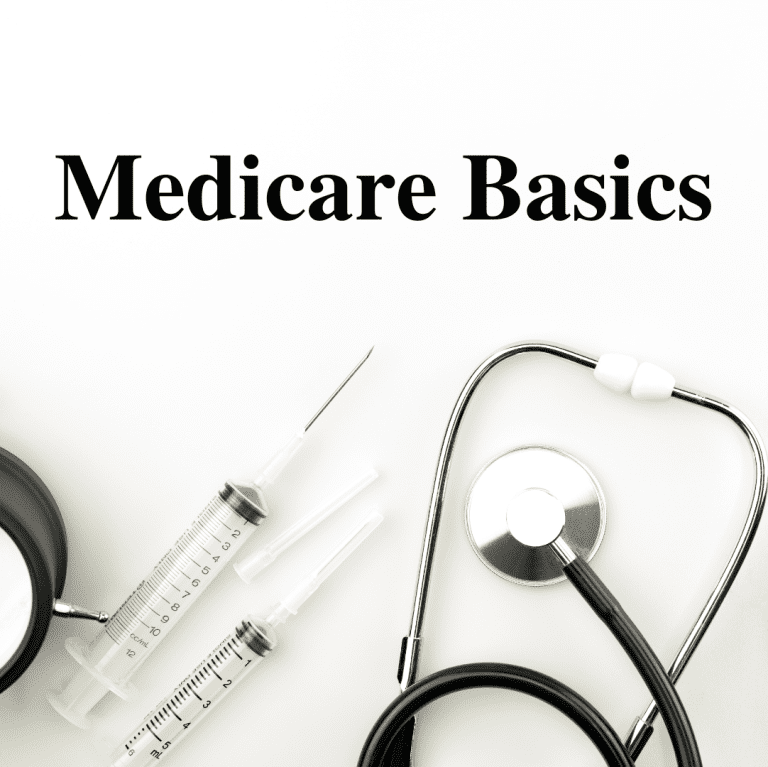Key Takeaways
-
Even though Medicare Part A is often referred to as “premium-free,” it still involves multiple out-of-pocket costs that can add up quickly.
-
Understanding how Medicare Part A works in 2025, including hospital stay limits, deductibles, and coinsurance, is essential for making informed healthcare decisions.
What Medicare Part A Covers—and What It Doesn’t
Medicare Part A, often called “hospital insurance,” is one of the foundational components of Original Medicare. As of 2025, it covers:
-
Inpatient hospital care
-
Skilled nursing facility care (with specific requirements)
-
Hospice care
-
Limited home healthcare
However, it’s crucial to recognize that Medicare Part A doesn’t cover everything during a hospital stay. Items like private rooms, long-term care, and personal items (like razors or socks) aren’t included. Services outside of the hospital, such as outpatient care or doctor visits, fall under Medicare Part B, not Part A.
Is Medicare Part A Really Free?
The term “premium-free Part A” applies only if you or your spouse paid Medicare taxes for at least 40 quarters (10 years). If you have fewer than 30 quarters, you pay the full monthly premium, which in 2025 is $518. If you have between 30 and 39 quarters, your premium is reduced to $284 per month.
So, while many beneficiaries don’t pay a premium, that doesn’t make Medicare Part A entirely free. Several other costs can arise—sometimes unexpectedly.
The 2025 Part A Deductible and What It Means for You
In 2025, the Medicare Part A deductible is $1,676 per benefit period, not per year. This structure often causes confusion.
A benefit period starts the day you’re admitted to a hospital or skilled nursing facility and ends after you haven’t received inpatient care for 60 days in a row. This means you could be responsible for the deductible more than once in a single year if you’re hospitalized multiple times.
Why It Matters:
-
You pay this amount before Medicare covers anything.
-
If you’re admitted again after 60 days, a new benefit period begins, and you pay the deductible again.
Hospital Stay Limits and Coinsurance Breakdown
Medicare Part A includes structured cost-sharing for inpatient hospital stays, which increase with the length of your stay.
Here’s how it works in 2025:
-
Days 1–60: You pay $0 coinsurance after the deductible.
-
Days 61–90: You pay $419 per day.
-
Days 91–150: You use up to 60 lifetime reserve days, with $838 daily coinsurance.
-
After day 150: You’re responsible for all costs.
These figures are based on 2025 rates and are separate from any physician fees, diagnostic tests, or outpatient follow-up care, which are covered under Part B.
Understanding Lifetime Reserve Days
Lifetime reserve days are a one-time pool of 60 extra hospital days that Medicare Part A provides beyond the 90-day limit per benefit period. Once these are used up, they’re gone permanently.
If you exhaust these days, you will need to pay 100% of hospital costs for any future stays that go beyond 90 days per benefit period. This makes it critical to understand how hospitalizations can drain these limited reserves.
Skilled Nursing Facility (SNF) Coverage: Strict Rules Apply
Medicare Part A covers skilled nursing facility care only if specific criteria are met:
-
You must have a qualifying hospital stay of at least three consecutive inpatient days, not counting the discharge day.
-
You must enter the SNF within 30 days of leaving the hospital.
-
The care must be for the same condition as your hospital stay or a related one.
If you meet the conditions, coverage in 2025 works like this:
-
Days 1–20: $0 coinsurance
-
Days 21–100: $209.50 per day
-
After day 100: You pay all costs
These limits reset with a new benefit period, but if you need long-term custodial care—like help with bathing or dressing—Medicare doesn’t cover that under Part A.
What You Pay for Hospice Care
If you qualify for hospice under Medicare Part A, you typically won’t pay for most services. However, there are modest costs involved:
-
Up to $5 for each prescription drug to relieve pain and symptoms
-
5% of the Medicare-approved amount for inpatient respite care
Hospice is designed for those with a terminal illness and a life expectancy of six months or less, and includes services like pain management, support for caregivers, and spiritual care.
Home Health Services Under Part A
While most home health services fall under Medicare Part B, Part A may cover some post-hospital skilled home health care for a limited time, especially if it’s part of a recent inpatient stay.
You pay:
-
$0 for covered services, but
-
20% of the cost for durable medical equipment, like wheelchairs or walkers (covered under Part B)
The coverage only applies if you’re homebound and your doctor certifies that you need skilled care on a part-time basis.
Out-of-Pocket Exposure Adds Up Quickly
Medicare Part A costs can escalate if you’re not aware of how benefit periods, coinsurance, and lifetime reserve days work. And since Medicare Part A doesn’t have an annual out-of-pocket maximum, there’s no cap on how much you could potentially spend.
If you’re hospitalized multiple times in a year or need extended skilled nursing care, your total expenses could significantly exceed what you might have expected.
Why Timing and Coordination with Part B Matters
While Part A handles hospital-related services, many procedures and diagnostics you receive during a hospital stay fall under Part B. That includes:
-
Doctor services
-
Outpatient surgeries
-
Emergency room visits before being admitted
You need both Parts A and B to have full coverage for hospital visits. Having just Part A means you’re responsible for many services that aren’t actually covered, leading to higher costs.
Also, delaying enrollment in Part B without qualifying coverage (like from an employer) can result in late enrollment penalties that last for life.
How to Avoid Misunderstanding Medicare Part A
Here’s what you can do to better manage your Medicare Part A costs and expectations:
-
Review your Medicare Summary Notice (MSN): It details services you were billed for.
-
Track benefit periods carefully: Each new hospital stay could mean a new deductible.
-
Understand coordination with other parts: Especially with Part B and any supplemental coverage.
-
Know your rights: You can appeal decisions if coverage is denied for hospital or skilled nursing care.
Planning Ahead Helps You Control Costs
Even if you qualify for premium-free Medicare Part A, it’s wise to plan ahead for deductibles, coinsurance, and gaps in coverage. No one expects to be hospitalized multiple times in a year, but it happens—and can be expensive.
Having a comprehensive understanding of Medicare Part A helps you better anticipate and budget for healthcare costs in retirement. It also ensures you don’t find yourself without coverage when you need it most.
Get Help to Make the Right Medicare Decisions
You don’t have to figure all this out alone. A licensed agent listed on this website can help you understand how Medicare Part A fits into your overall healthcare strategy, including what additional coverage you might want to consider. Professional guidance can save you from costly mistakes later on.










